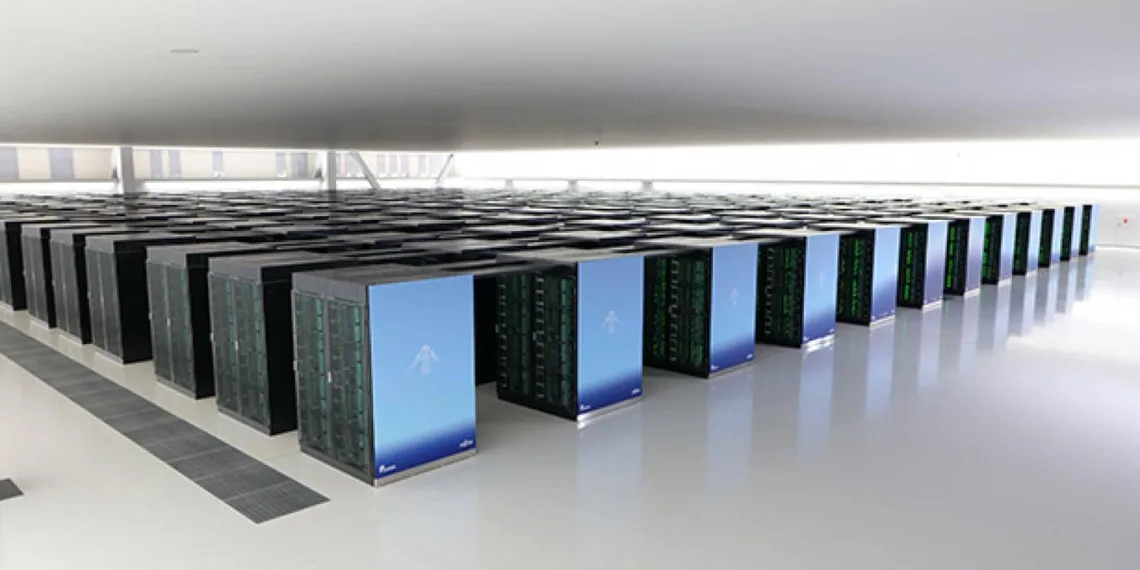In the ever-evolving landscape of computational supremacy, the year 2023 will unveil a new era of technological marvels with the emergence of the top 10 fastest supercomputers in the world. These computational powerhouses, scattered across the globe, embody the forefront of innovation, pushing the boundaries of speed, efficiency, and scientific capabilities.
From the USA to Japan and China to Europe, each supercomputer on this prestigious list showcases unparalleled prowess in handling complex simulations, data analytics, and cutting-edge research.
Top 10 Fastest Supercomputers in the World
Frontier
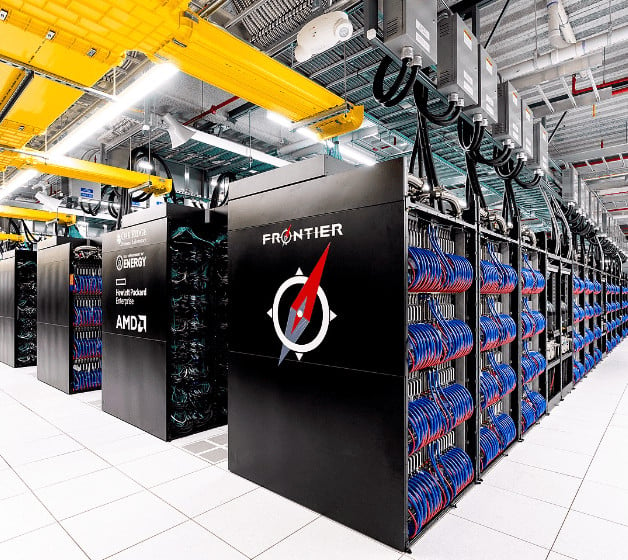
Frontier, topping the list of the top 10 fastest supercomputers in the world, operates at a speed of 1,194 petaFLOPS with 8,699,904 cores. Located at the Oak Ridge Leadership Computing Facility, USA, Frontier features AMD CPUs and GPUs for exceptional computational capabilities. With a cost of nearly $600 million, it is one of the world’s most energy-efficient supercomputers, contributing to advancements in materials science, drug discovery, climate modeling, and AI-driven research.
Fugaku
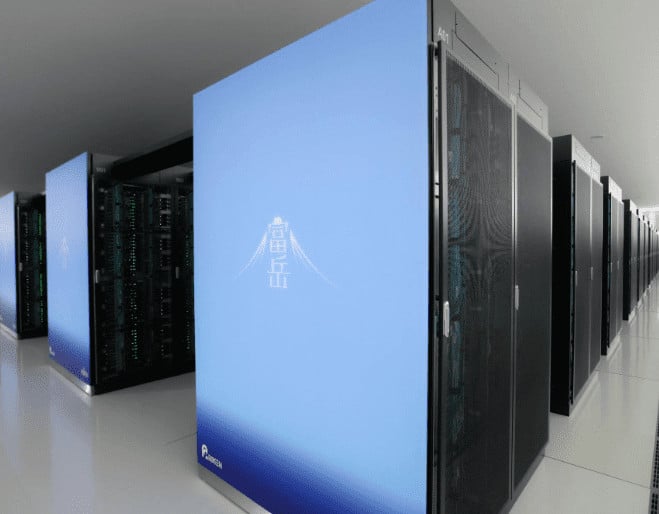
Fugaku, the 2nd fastest supercomputer, achieves a speed of 442 petaFLOPS with 7,630,848 cores. Located at the RIKEN Center for Computational Science, Japan, Fugaku is the first top-ranked supercomputer powered by ARM processors. It addresses critical challenges such as weather forecasting, clean energy development, drug discovery, personalized medicine, and quantum mechanics.
LUMI

LUMI, ranked 3rd on the list of top 10 fastest supercomputers in the world, achieves a speed of 309.10 petaFLOPS with 2,220,288 cores. Located at the RIKEN Center for Computational Science, Japan, LUMI leverages GPU accelerators for impressive computational power. Operating on 100% hydroelectric energy, LUMI stands out as one of the most environmentally efficient supercomputers globally.
Leonardo
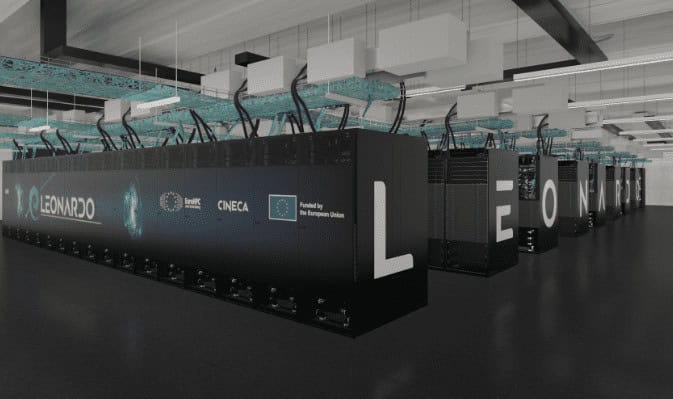
Leonardo, at the 4th position, operates at a speed of 238.70 petaFLOPS with 1,824,768 cores. Located at Bologna Technopole, Europe, Leonardo is part of the European High-Performance Computing Joint Undertaking. It features advanced network solutions and additional nodes for visualization tasks, making it versatile for deep learning, high-throughput processing, and advanced visualization applications.
Summit
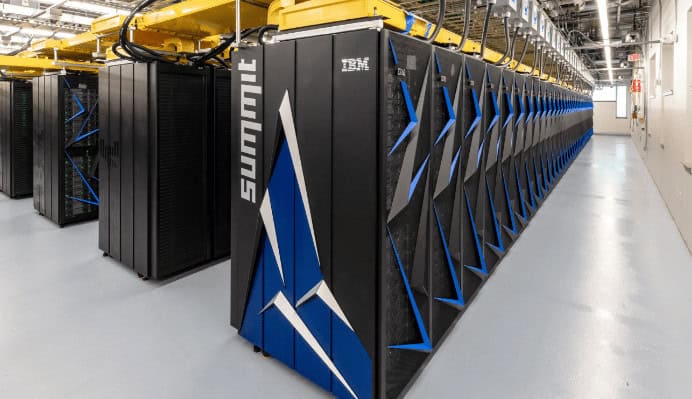
Summit, ranking 5th, achieves a speed of 148.6 petaFLOPS with 2,414,592 cores. Located at the Oak Ridge National Laboratory, USA, Summit became the first supercomputer to break the exascale barrier in 2018. It excels in climate modeling, materials science, genomics, drug discovery, and medical research, showcasing powerful computational capabilities.
Sieraa
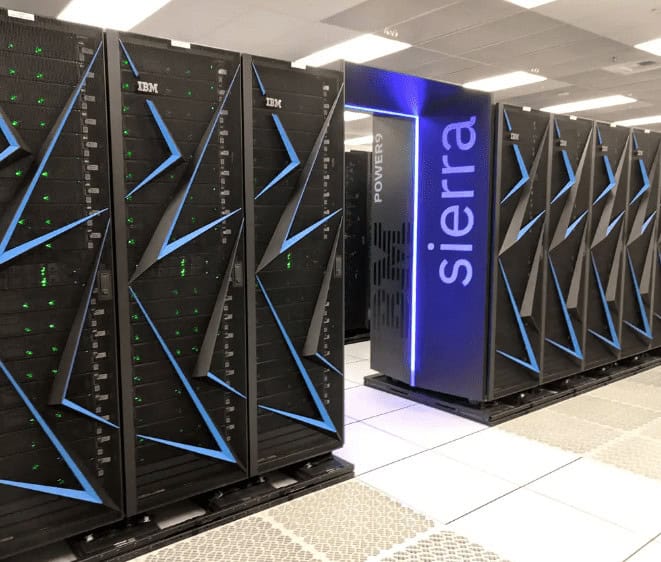
Sierra, the 6th fastest supercomputer, operates at 94.6 petaFLOPS with 1,572,480 cores. Developed by IBM at the Lawrence Livermore National Laboratory, USA, Sierra is specifically designed for assessing the performance of nuclear weapon systems, contributing to stockpile stewardship.
Sunway TaihuLight
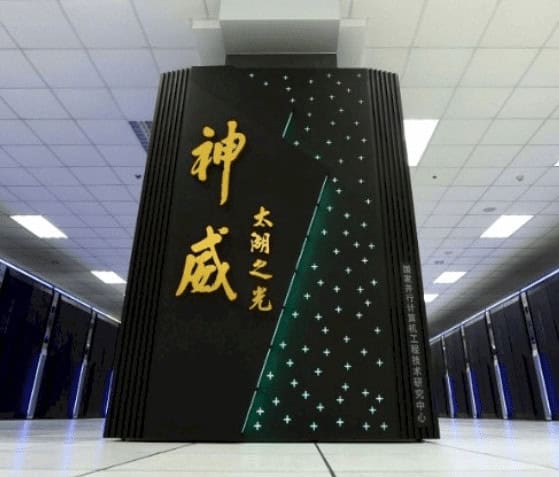
Sunway TaihuLight, positioned 7th on the list of top 10 fastest supercomputers in the world, achieves a speed of 93 petaFLOPS with 10,649,600 cores. Located at the National Supercomputing Center in Wuxi, China, TaihuLight utilizes a homegrown SW26010 CPU, showcasing China’s commitment to advancing high-performance computing technology. It has been employed across diverse domains, including life sciences, pharmaceutical research, and simulating the universe with 10 trillion digital particles.
Perlmutter
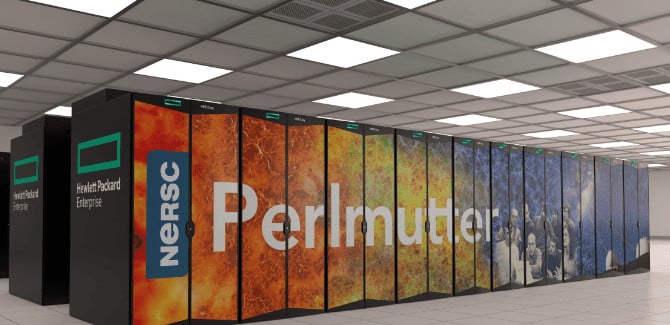
Perlmutter, at the 8th position on the list of top 10 fastest supercomputers in the world, boasts a speed of 70.87 petaFLOPS and 761,856 cores. Hailing from the National Energy Research Scientific Computing Center in the USA, Perlmutter features AMD Milan EPYC CPUs and NVIDIA A100 GPUs. It excels in materials science simulations, astrophysical simulations, quantum chemistry, climate modeling, biomedical research, and energy-related studies.
Selene

Selene, ranks 9th on the list of top 10 fastest supercomputers in the world, operates at a speed of 63.46 petaFLOPS with 555,520 cores. Located at the Argonne National Laboratory, USA, it utilizes Nvidia’s DGX system architecture, demonstrating exceptional power efficiency of 26.2 gigaflops/watt. Selene has been employed in various scientific applications, including protein docking, quantum chemistry simulations, and biomedical research.
Tianhe-2A
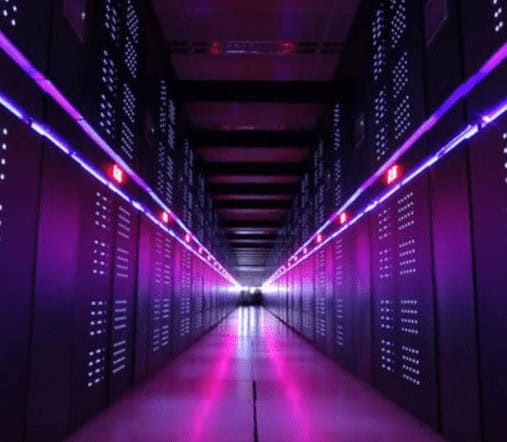
Tianhe-2A, the successor to Tianhe-2, is a supercomputer located at the National Supercomputing Center in Guangzhou, China. With a speed of 61.4 petaFLOPS and 4,981,760 cores, it was the fastest supercomputer in 2013. Developed by a team of over 1,300 engineers and scientists at a cost of 2.4 billion yuan, Tianhe-2A is primarily used for data analysis, simulations, and government security applications.

